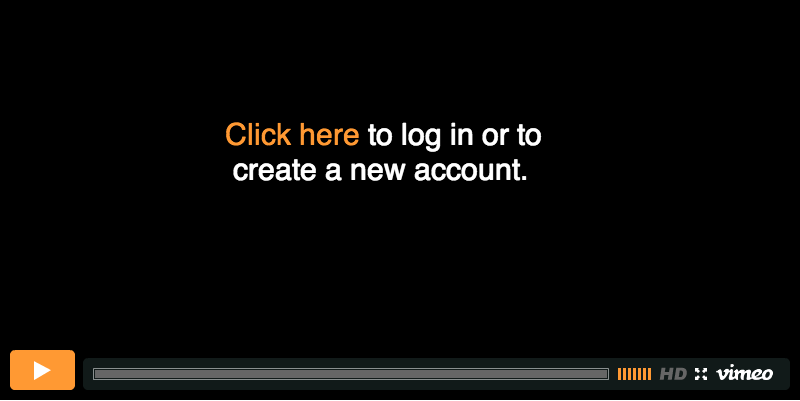


CPA - medium firm
CPA - large firm
Other
Trying to decide if sales tax software is right for you? Not sure which tool is the best fit for your business model? Hear sales tax expert Chris Vignone share important tips and strategies to consider when implementing a sales tax automation tool.
Today, nearly every state in the U.S. has economic nexus laws that create tax obligations for sellers. In 2021, 35 states saw an increase in sales tax revenues averaging 6.91 percent from the prior year, a growth that correlates with stricter enforcement of state-specific nexus requirements. As a result, some businesses are scrambling to understand their liabilities and get compliant. More than ever, tax professionals are turning to technology and automation to mitigate risks associated with sales tax liabilities. Conducting the proper due diligence before implementing can save you time and headaches in the future.
Has your company or client expressed interest in a sales tax calculation and compliance tool? Wondering if you need all the bells and whistles? You don’t want to blindly implement a tool without understanding the implications for your business.
Learning Objectives:
- Evaluate the compatibility of sales tax solutions with your specific business model and accounting systems
- Determine how changes to your business (switching accounting systems, growth, or expansion into new markets) affect your overall sales tax strategy
- Compile questions to ask your prospective solution provider about various products and packages
- Recognize what to expect during and after the implementation process
- Determine if exemption certificate management is right for you

Chris Vignone
PM Business Advisors
CEO & Managing Director Business Advisory
[email protected]
(646) 593-0458
An acclaimed State & Local Tax specialist and thought leader, Chris is well known for his success in identifying multi-million dollar tax-saving opportunities for Fortune 1000 companies and implementing operational changes for long-term business efficiency. With more than 25 years of experience, he carries a wealth of knowledge in SALT and income audit defense and refund claims, VDAs for state & local taxes and unclaimed property, state & local credits and incentives, and tax technology consulting.
Chris’s industry specialties include retail, telecommunications, bankruptcy, and turnarounds. He is a frequent lecturer at business and academic forums and an active member of industry trade associations such as AICPA and TEI.
Chris holds a B.B.A. and M.B.A. from Pace University’s Lubin School of Business with a concentration in public accounting.






